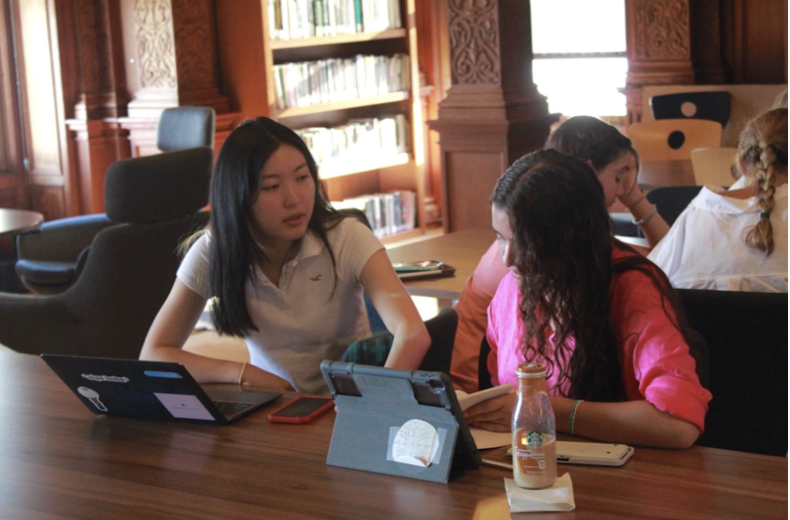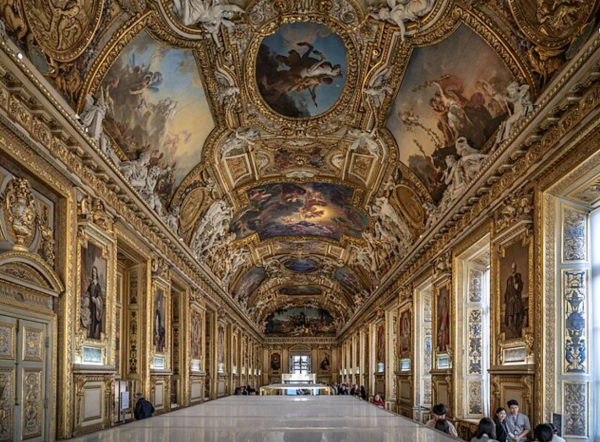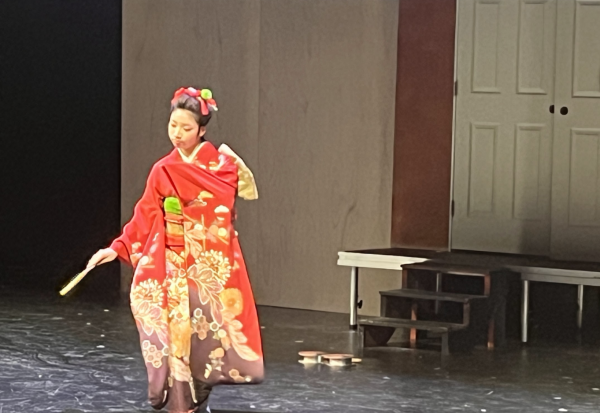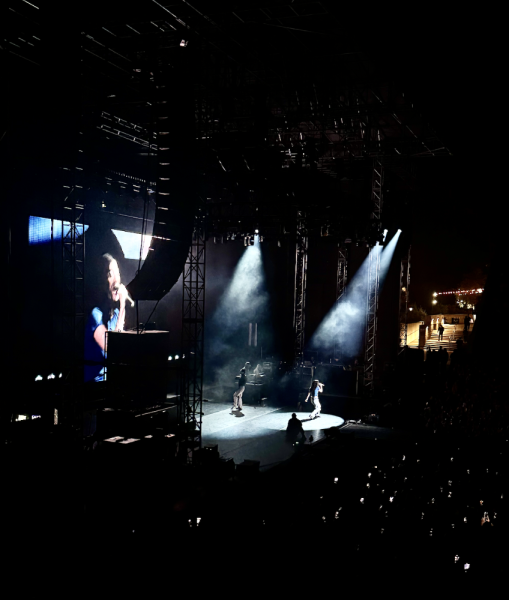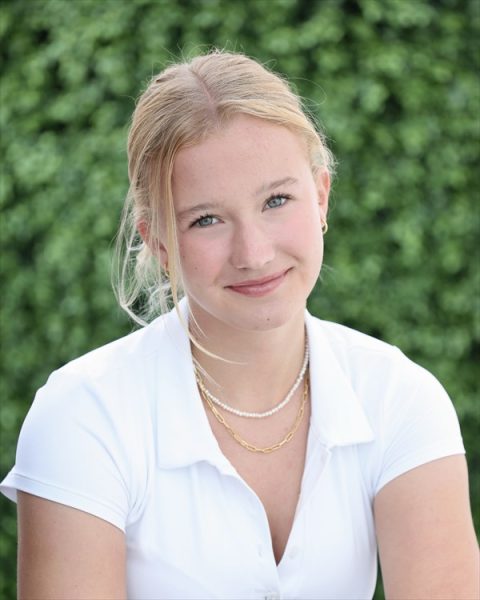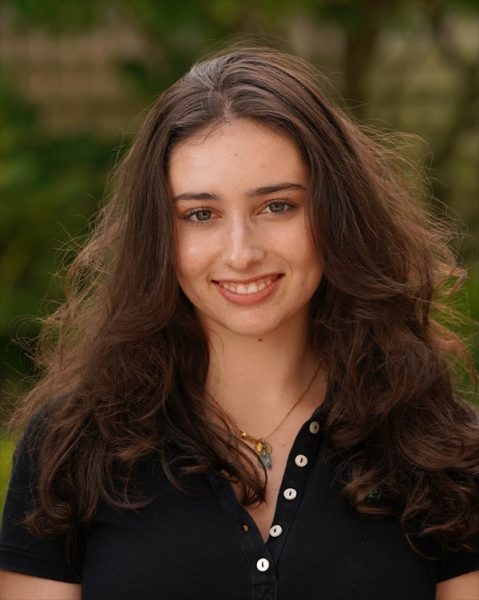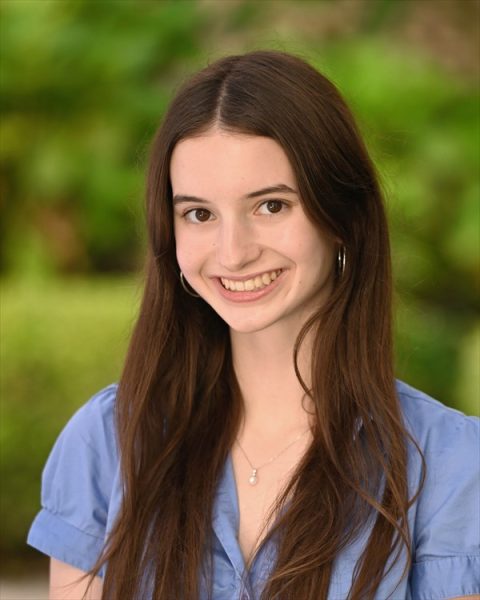Jumping into club meetings
Club meetings commence with many more club options than last year
Students on yearbook work in a morning meeting. Many clubs organize their meetings during morning office hours.
September 13, 2022
Club leaders have the option to schedule a meeting with members during the community block on Wednesday. All clubs are student-run and created but are required to have faculty advisors.
“Clubs contribute to the culture of the school,” said junior Courtney Hall. “They also allow people to have different spaces to be creative and to express themselves.”
Club meetings began after students had the opportunity to sign up for clubs on Aug. 31 during the club fair. Clubs help unite the community and can create bonds between people with similar interests, according to freshman Julia McKinnon.
“It would be harder to find out about these specific interests in day to day life so clubs push people to find new hobbies,” said McKinnon. “People who like pottery wouldn’t find out about that in a regular school day but now have it accessible to them.”
This year, there are a total of 40 clubs, many of these clubs are new but some have been a part of the community for years. Some newly founded clubs are the Italian Culture Club, C&SH HEAL, and Mock Trial Club, among others. But clubs like the Cabaret Club, Pottery Club, and Eco Club have been around for a longer period of time.
“Clubs have helped me learn new skills and meet new people,” said sophomore Leah Williams. “I also was able to do something I enjoyed during the school day.”
Students can still join clubs by directly reaching out to club leaders or filling out google forms that many clubs leaders sent out. For more information on clubs and to start a club, students can directly reach out to Chair of Community Life Paul Pryor Lorentz, at paul.lorentz@sacredsf.org.
“I joined the pottery club because I haven’t done a lot of pottery in the past,” McKinnon said. “I thought it would be fun to try something new.”
Most clubs utilize the morning office hours or available community blocks to conduct meetings. Having multiple times for clubs to meet helps club times not interfere with school and other activities such as sports but also helps clubs like Yearbook be more productive, according to Hall.
“The yearbook specifically represents what is significant in the school that year,” Hall said. “An individual aspect of school life and the varying interests in our school are represented through different clubs.”



